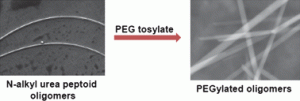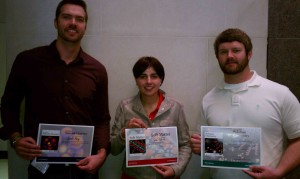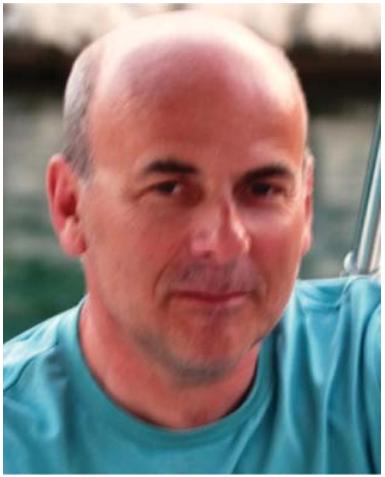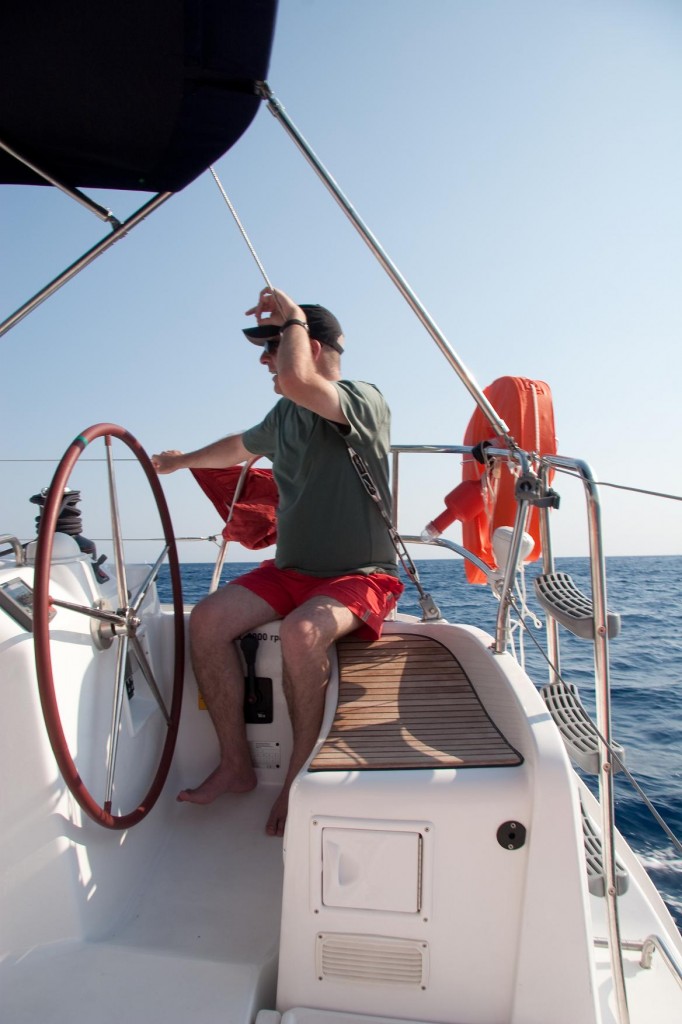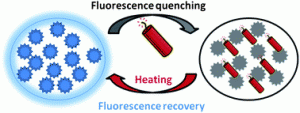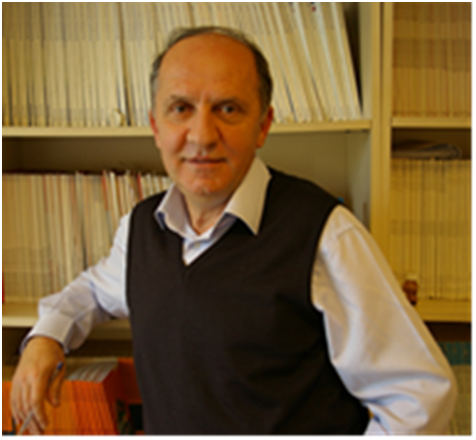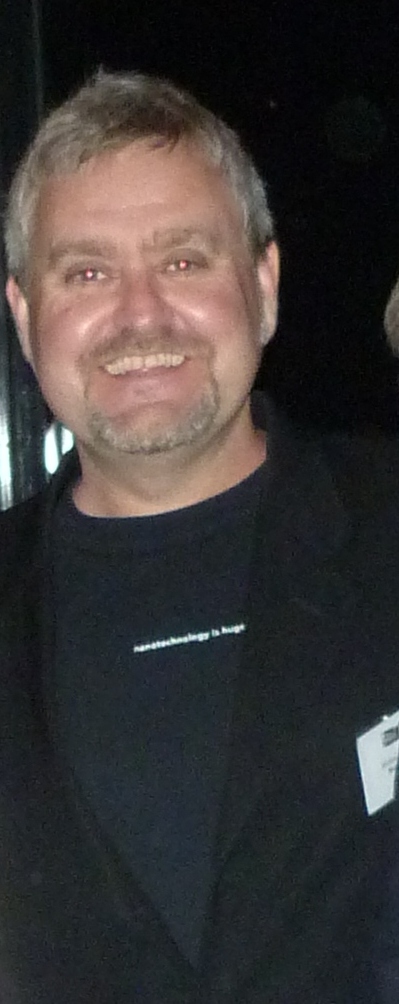 Michael Whittaker was born in 1964 in Bellingen; a small rural beach-side town in Australia. After graduating from the University of Queensland (Brisbane, Australia) with 1st class Honours he spent 8 years as an environmental scientist in a variety of industry positions. He received his Ph-D in polymer chemistry in 2000 from the University of Queensland for work investigating the molecular dynamics in swollen polymer networks using solid state NMR relaxation mechanisms.
Michael Whittaker was born in 1964 in Bellingen; a small rural beach-side town in Australia. After graduating from the University of Queensland (Brisbane, Australia) with 1st class Honours he spent 8 years as an environmental scientist in a variety of industry positions. He received his Ph-D in polymer chemistry in 2000 from the University of Queensland for work investigating the molecular dynamics in swollen polymer networks using solid state NMR relaxation mechanisms.
In 2001 he joined Bio-Layer Pty Ltd as a Senior Research Scientist where he developed methodologies for the modification, synthesis and assembly of polymer interfaces to preferentially orientate antibodies. During this period he also held an adjunct lecturer position within the University of New South Wales. In 2006, he joined the Australian Institute for Bioengineering and Nanotechnology (AIBN) as Senior Research Fellow. During this appointment he published and patented novel strategies for the modular synthesis of water soluble polymers and polymeric nanoparticles for the delivery of drug and siRNA therapeutics. He also led a team which explored the synthesis of novel complex polymer architectures using new applications of ”click” chemistries.
Since October 2008 he is the Research Manager for both the Centre of Advanced Macromolecular Design (CAMD) and the Australian Centre for Nanomedicine (ACN), University of New South Wales. The IP he has generated during his career has contributed to the formation of two spinout companies, Dendrimed Pty Ltd and MetalloTek Pty Ltd. The MetalloTek X3 particle technology developed with University of Queensland collaborators for contaminated land rehabilitation was recently acknowledged with an “Excellence in environmental management” award, at the 2011 Australian Mining Awards.
He has co-authored over 55 peer-reviewed research papers including 6 international patents in a diverse range of areas; Toxicology of nanoparticles, Synthesis of “SMART” hybrid inorganic/organic nano-materials, New applications of polymerization methods in polymer design, Polymers for environmental remediation, and Novel applications of “click” chemistry in polymer synthesis.
Please follow the link for further information on Mikey’s research group and his recent paper in Polymer Chemistry.
What was your inspiration in becoming a chemist?
I remember getting for Christmas one year a “Junior Chemistry Set” and I guess that inspired my initial interest in Chemistry. I should add that I still have some bad habits formed at this early age; taking particular delight in causing explosive foaming and/or loud bangs!
What was the motivation behind the research in your recent Polymer Chemistry paper?
As with most polymer scientists, my co-authors and I have over our careers struggled with block polymer synthesis. In consideration of this we had been watching with some interest the evolution of work by both Percec and Haddleton, which was producing polymers via metal catalysed LFRP with very high end-group fidelity. It seemed to us that this technique would be ideally suited to this problem and would afford a new approach where monomer conversion could be effectively ignored in block polymer formation. Fortunately the results were even more positive than we had hoped.
Why did you choose Polymer Chemistry to publish your work?
I have always been inspired by the work of Dave Haddleton and the other editors of the journal, so when I heard about Polymer Chemistry I knew that its success was assured. The combination of synthetic and biological macromolecular science uniquely reflects current trends in my area of research so it was a very easy decision to publish this work here.
In which upcoming conferences may our readers meet you?
The coming year will be somewhat busy with the Australian Polymer Symposium (Hobart-February), ACS Spring Meeting (San Diego- March), 3rd Australian Nanomedicine Conference (Sydney-July) and you cannot miss the Trivial Pursuit night at Warwick 2012 (Coventry-July).
How do you spend your spare times?
Spare time? I still really enjoy working in the lab and most weekends will find me at the bench trying another crazy idea. As often as possible I take a weekend off at our family farm in Coffs Harbour; a coastal town about 5 hours drive north from Sydney. I must admit however, that on most Sunday afternoons at 3pm you will find me lying on Coogee Beach in the sun.
Which profession would you choose if you were not a scientist?
That’s a hard one! I love to cook, so I probably would have become a chef. My friends would argue against this.
Comments Off on Polymer Chemistry Author of the Week-Michael Whittaker


